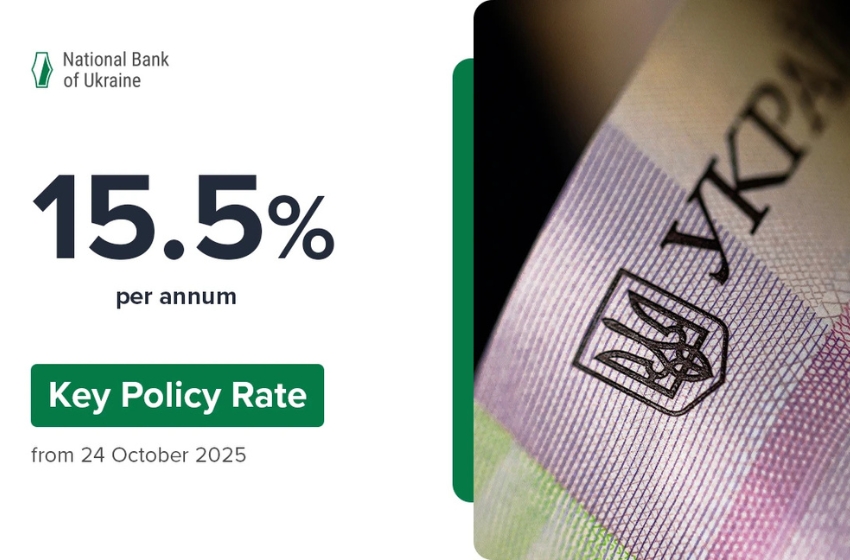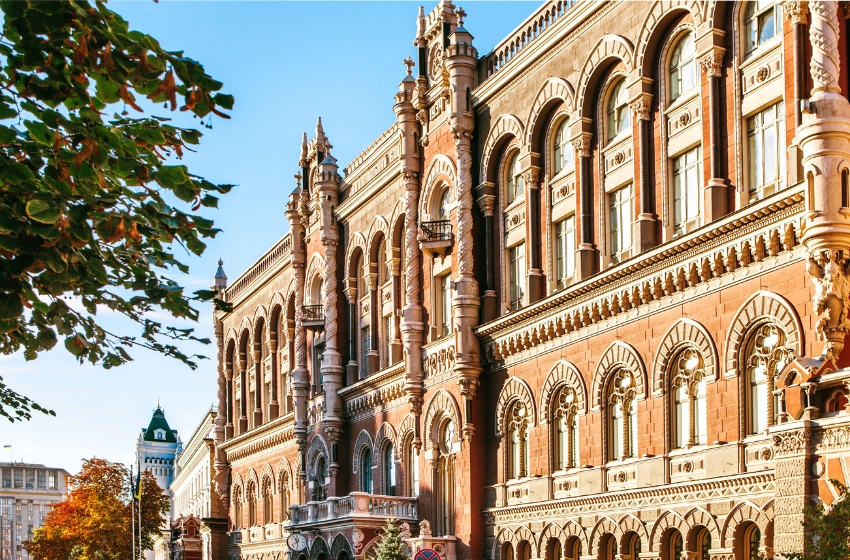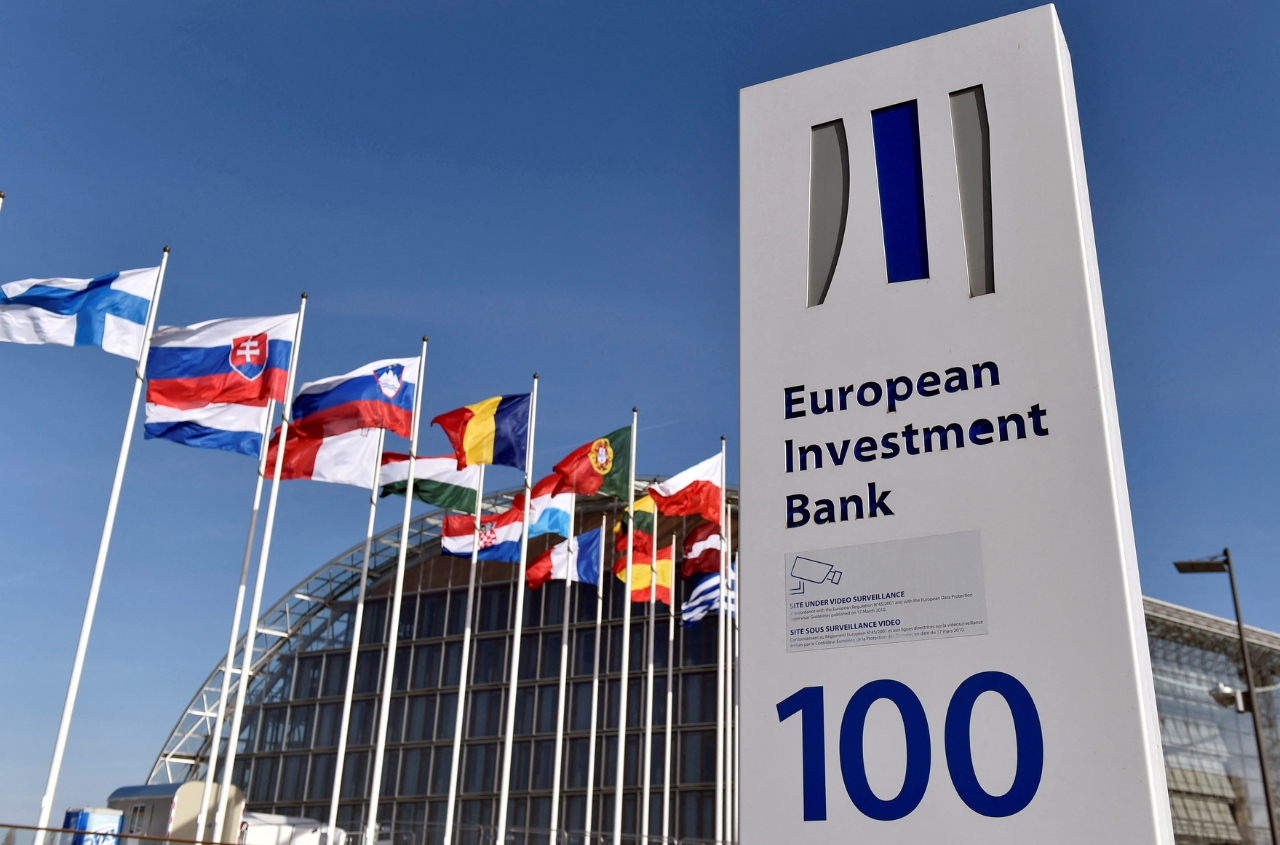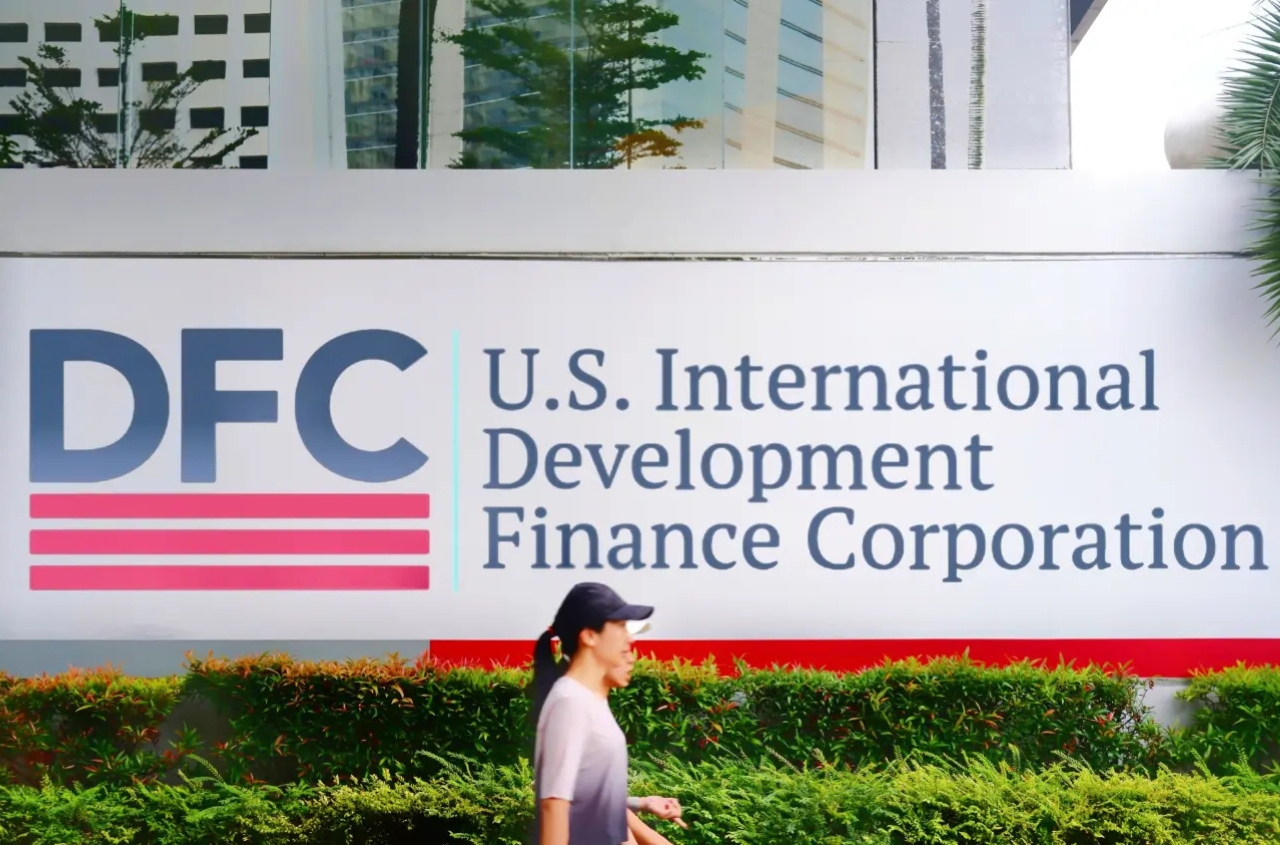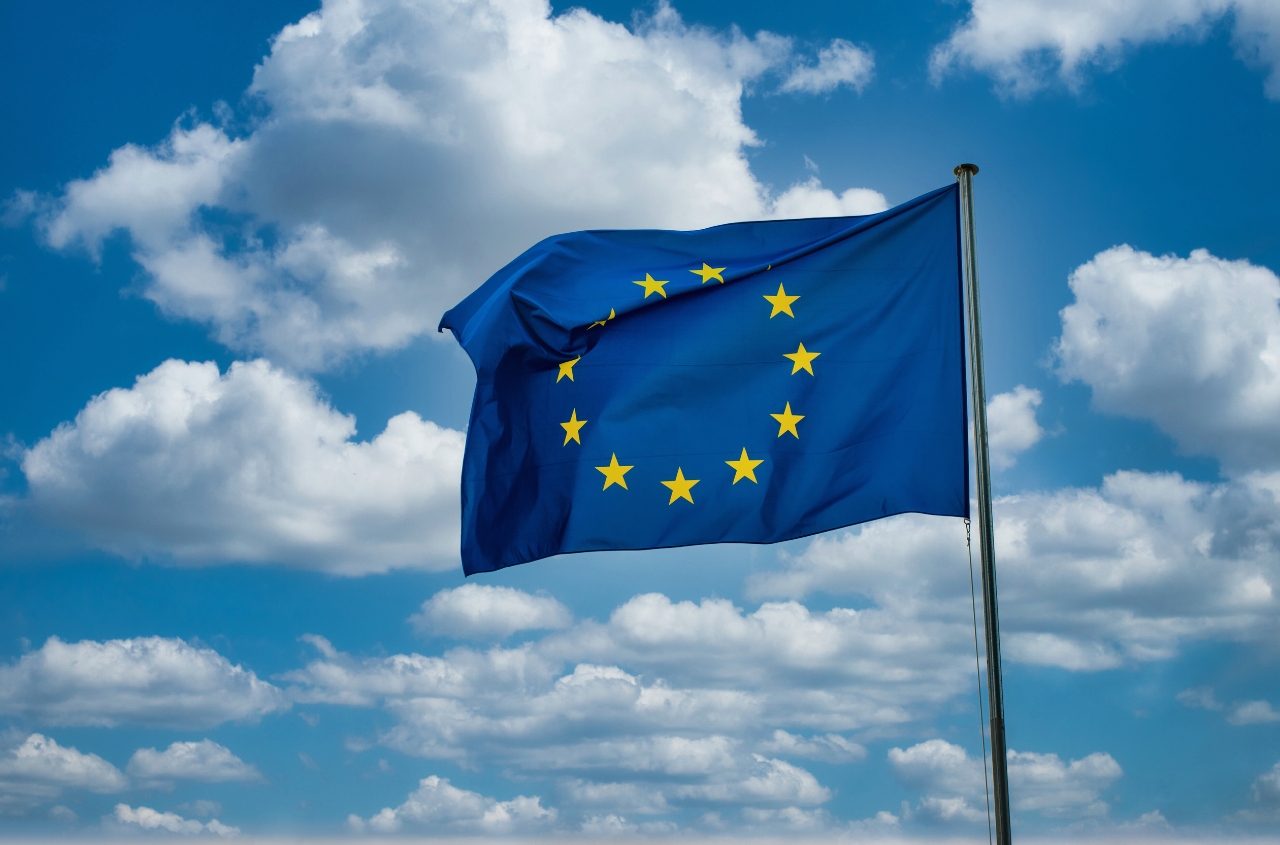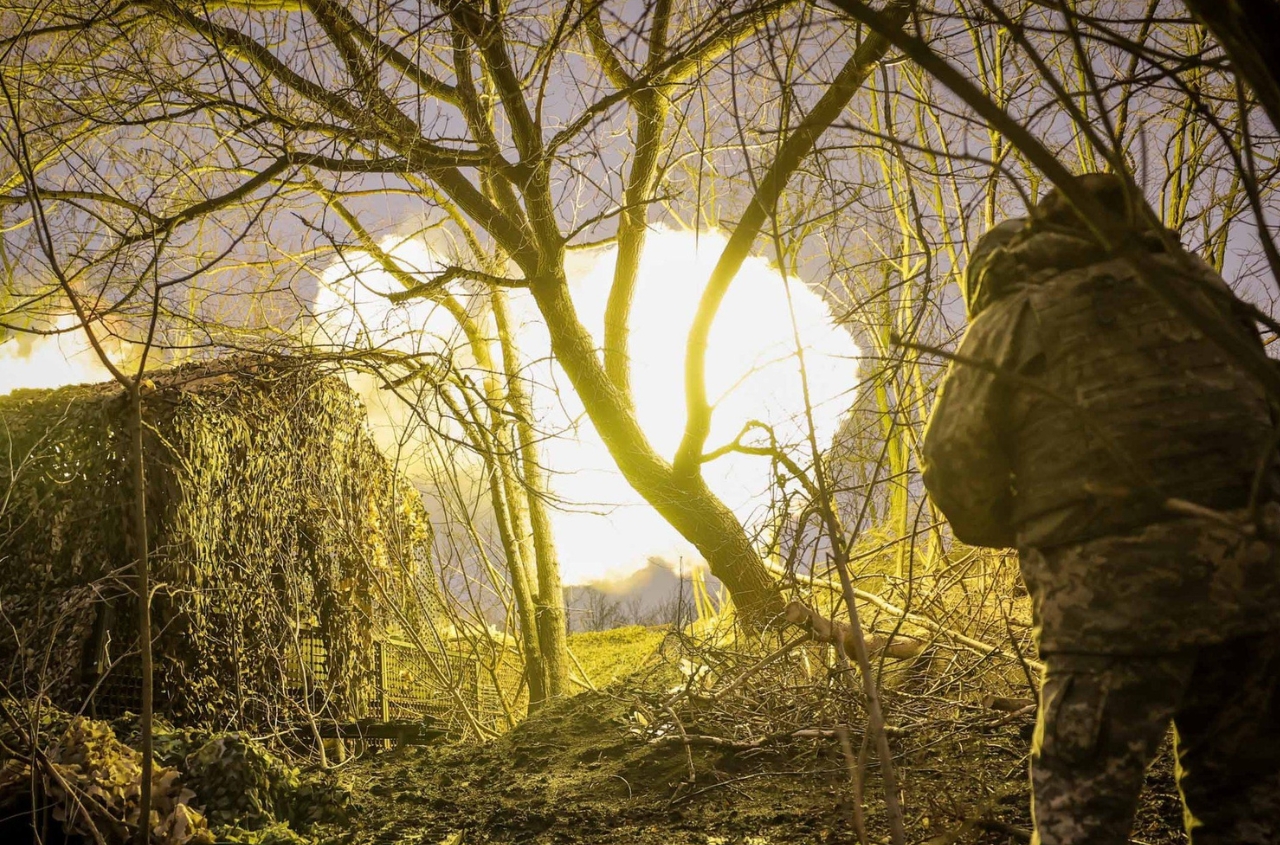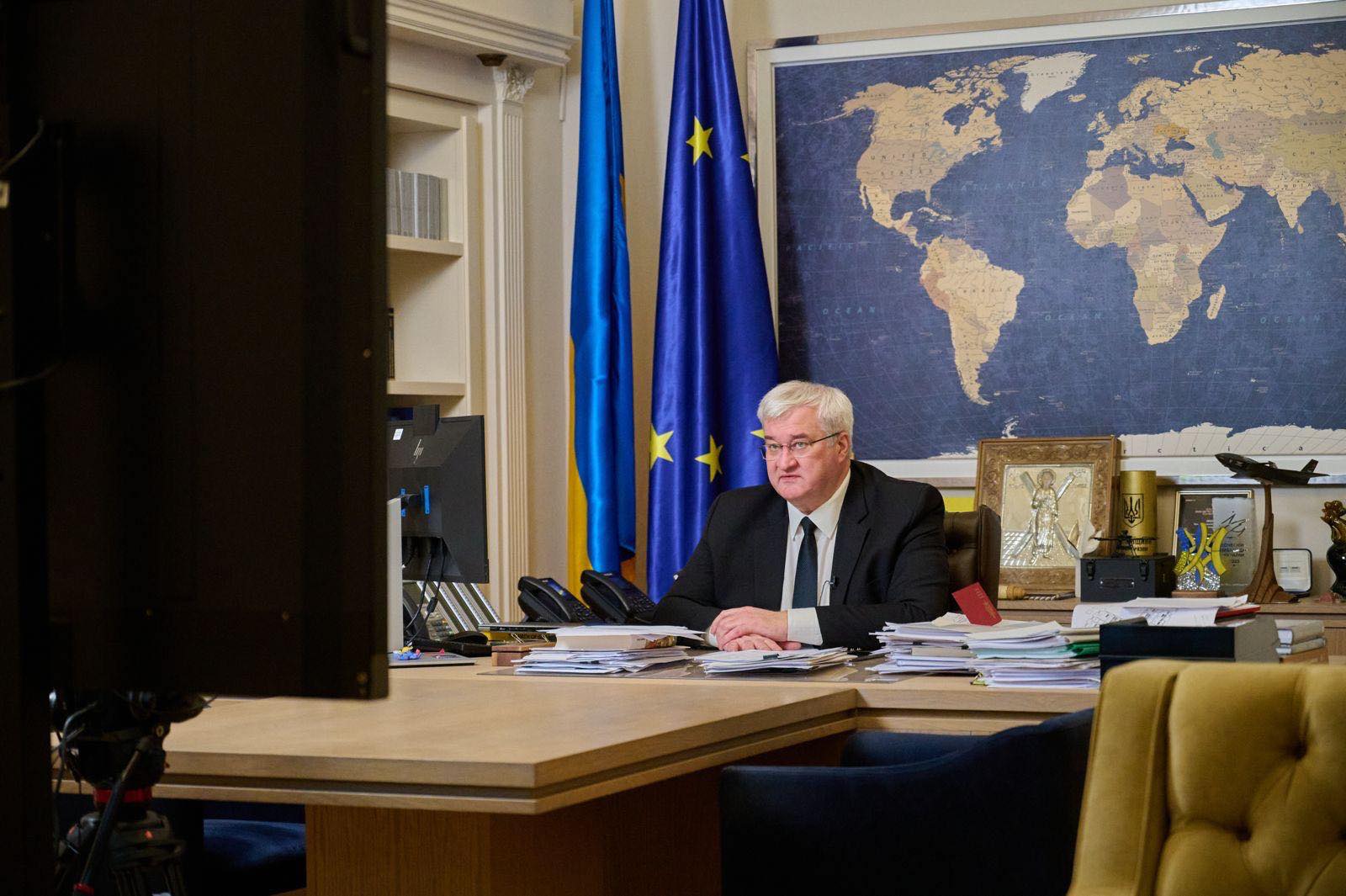The Board of the National Bank of Ukraine has decided to keep its key policy rate at 15.5%. Despite a decline in inflation over the past months, inflation expectations remained high and inflationary risks rose, particularly those related to larger energy shortages and greater budgetary needs. Under such conditions, in order to maintain the attractiveness of hryvnia assets, the sustainability of the FX market, and the steady decline in inflation toward the 5% target over the policy horizon, the NBU will stick to relatively tight monetary conditions.
Inflation is declining, but the underlying price pressure persists, while there are no signs of a steady improvement in expectations
Consumer inflation slowed to 11.9% yoy in September. According to the NBU’s estimates, this trend continued in October. Although the growth rates of consumer prices deceased faster than forecast in the NBU’s July Inflation Report, this was primarily driven by an increase in supply of vegetables on the back of larger harvests compared to the last year.
On the other hand, core inflation declined at a slower pace (to 11.0% yoy in September). The underlying price pressure persisted, particularly as businesses continued to incur high costs of labor and energy. As a result, the growth rates of prices for a number of core inflation components either declined slowly (processed foods) or did not decline at all (services).
Inflation expectations of the majority of respondent groups did not improve in the past quarter (except for the expectations of the banks). Although the expectations of financial analysts were relatively close to the NBU’s forecasts, the expectations of other respondent groups remained high. That said, households’ attention to the topic of inflation rose, as seen from the web search statistics.
The economy continues to grow, but the pace of its growth will remain moderate due to the effects of the war
As per the NBU’s estimates, economic growth picked up in Q3 2025 thanks to the intensification of early crop harvesting, sustained consumer demand, and an improved situation in the energy sector, which lasted through the end of September. The expected increase in budgetary stimuli at the end of the year will support further recovery. However, energy shortages caused by the recent destruction of infrastructure and natural gas production facilities, coupled with labor shortages, will significantly hamper businesses activity. In view of the above, the NBU has revised its economic growth forecast for 2025 downward, to 1.9%.
In the following years, economic growth is expected to accelerate moderately on the back of larger harvests and increased investments in reconstruction projects and the defense sector. Investment activity will also be positively impacted by Ukraine’s further progress on the path of European integration and the economy’s gradual return to normal functioning conditions, which will be reflected, among other things, in the stabilization of the energy sector and the reversal of the negative migration trend. Considering the said factors, the NBU forecasts Ukraine’s real GDP to grow by 2% in 2026 and 2.8% in 2027.
Volumes of international assistance remain sufficient for non-monetary financing of the budget deficit and for maintaining an adequate level of international reserves
Ukraine continues to receive international support In August–October, Ukraine received about USD 13 billion in external financing. By the end of 2025, another USD 15 billion is expected to arrive.
The NBU’s updated forecast assumes that stable and sufficient international financing will be maintained in the coming years, mainly due to reparation loans based on frozen russian assets. This will allow for the continued financing of the budget deficit without resorting to monetary financing. It will also be possible to keep international reserves at a sound level, sufficient to support the sustainability of the FX market.
The course of the full-scale war continues to be the key risk to inflation dynamics and economic development
The war is continuing. The past few months have seen an increase in the intensity of air attacks on and the destruction of, energy infrastructure, logistics, and production facilities. This has already been reflected in the revision of forecast indicators and has increased the risks of higher price pressures and a further decline in economic potential.
Other war-related risks have also increased, including:
- the emergence of additional budgetary spending on defense capabilities and reconstruction
- insufficient and/or irregular arrival of external financing in the coming years and
- a deepening of adverse migration trends and a widening of labor shortages on the domestic labor market mainly due to persisting high security risks.
Furthermore, there are risks that external conditions will be less favorable and/or that volatility in the global commodity and financial markets will be hightened, because of intensifying geopolitical uncertainty and deglobalization.
Meanwhile, some positive scenarios are also likely to materialize. They are primarily related to increased military and financial support from partners and the international community’s efforts to ensure a just and lasting peace for Ukraine.
